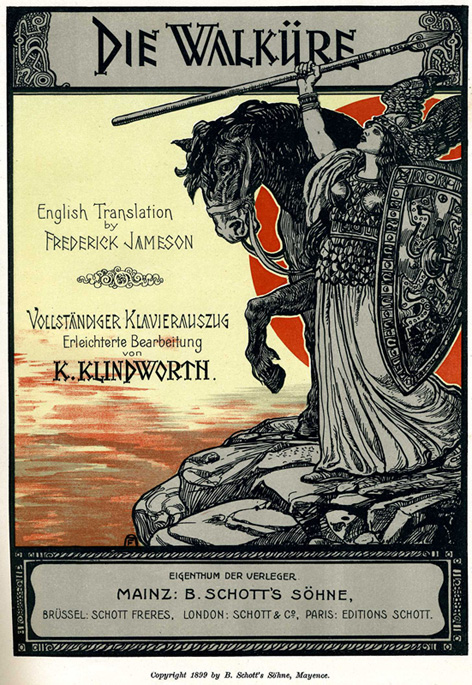A number of people have drawn my attention to an article recently published in The American Journal of Physical Anthropology. I think I’ve seen it linked at least twenty times of Facebook: A Female Viking Warrior Confirmed by Genomics.
Several people asked my opinion of it. My initial responses were brief. I had a pretty good idea that there was more smoke than fire here, and that the article was going to get some pushback.
And I was right. This article is by none other than Judith Jesch, author of Women in the Viking Age, a standard work on its subject. I’ve never read the book, allergic as I am to feminist historians, but I think I’ll get it now. Because Ms. Jesch has articulated exactly my concerns. (Plus a lot more, because she’s you know, smarter than me.) Continue reading Skeleton in armor (not by Longfellow) →
Like this:
Like Loading...

When Dave Lull sent me a link to this article from Literary Hub, I was a little uncomfortable. Articles on women in the Viking Age, like anything having to do with male/female relations written nowadays, tend to be, shall we say, “pregnant” with sociopolitical baggage. But the linked piece by Linnea Hartsuyker is accurate in every detail as far as I can tell. I could find no fault with it.
And you know I tried.
Women warriors were a potent literary fantasy, especially in a hyper-masculine medieval world where honor and avoidance of effeminacy were key motivators of male action. In narratives that contain women warriors, it is often the role of the male hero to turn them into wives and mothers, and their submission thus enhances the male hero’s virility. Women warriors, at least in the surviving literature, are never the central heroes of the tales, but ambivalent figures to be wooed and conquered.
Like this:
Like Loading...
Book Reviews, Creative Culture

